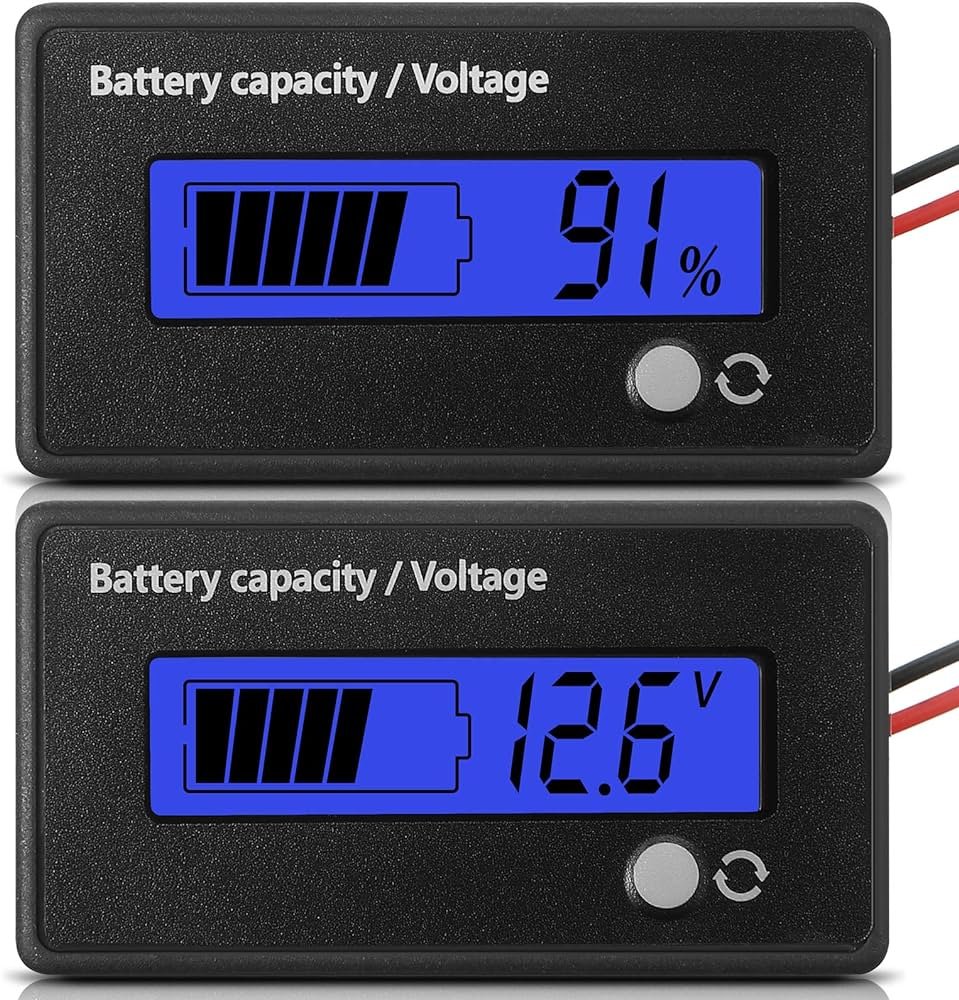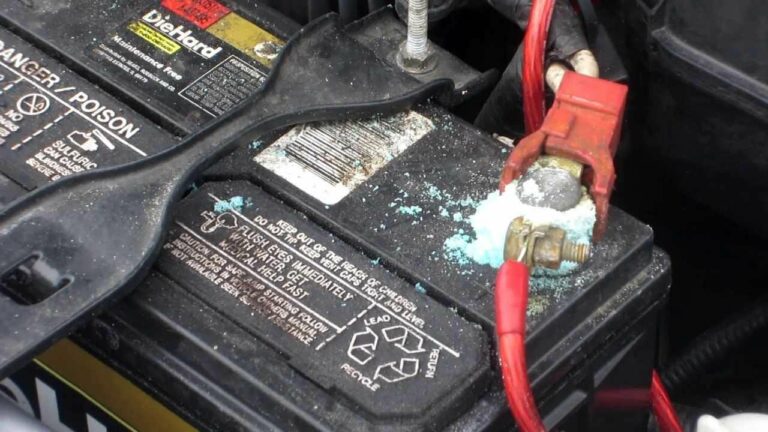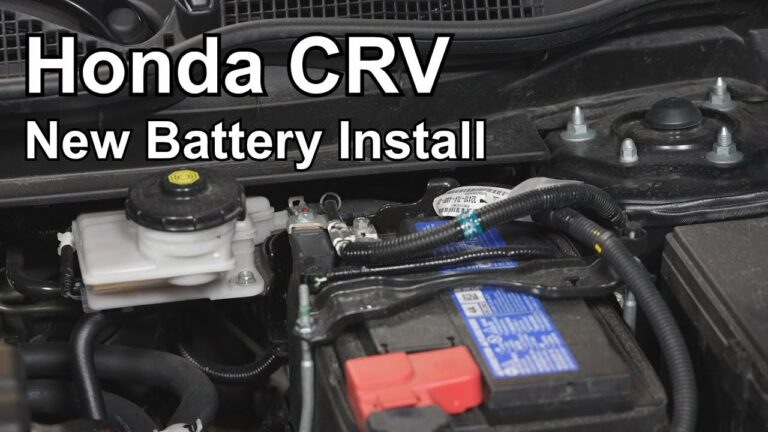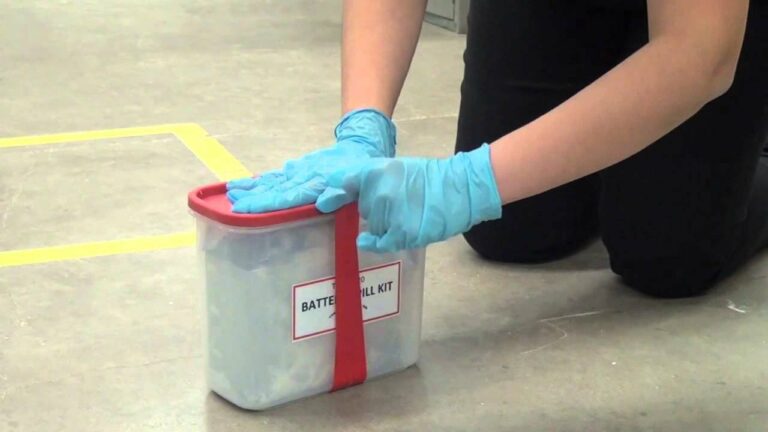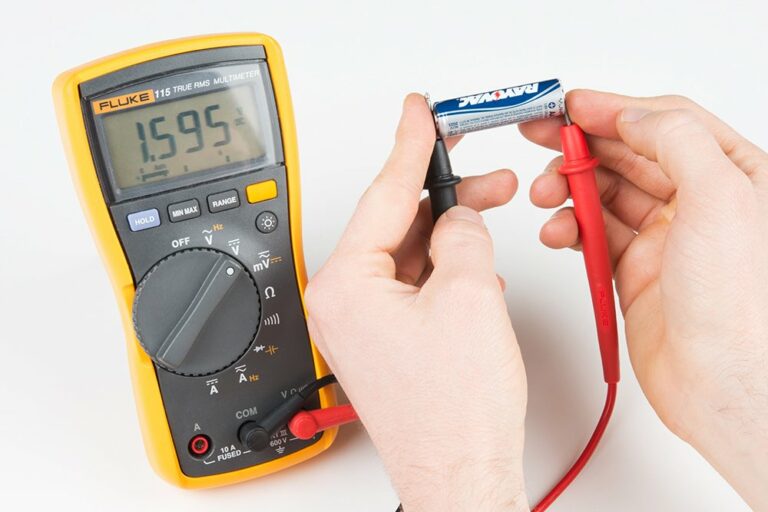How to Test a Car Battery’s Capacity?
How to Test a Car Battery’s Capacity? Wondering how to test it? Well, you’ve come to the right place! Testing a car battery’s capacity is essential to ensure it’s performing at its best. In this article, we’ll guide you through the process, step by step, so you can diagnose any issues and take the necessary measures to keep your battery running smoothly. So, let’s dive in and learn how to test a car battery’s capacity effectively!
How to Test a Car Battery’s Capacity?
Car batteries are an essential component of any vehicle, providing the necessary electrical power to start the engine and support various electrical systems. Over time, a car battery’s capacity can deteriorate due to factors like age, extreme temperatures, and usage patterns. It is crucial to regularly test your battery’s capacity to ensure it is functioning optimally and prevent unexpected breakdowns. In this comprehensive guide, we will explore various methods to test a car battery’s capacity and identify signs of a weak battery.
1. Using a Multimeter
One of the most common and reliable ways to test a car battery’s capacity is by using a multimeter. This handy device measures different electrical parameters, including voltage, resistance, and current flow. Here’s how you can use a multimeter to test your car battery:
- Ensure your vehicle is turned off and all electrical components are switched off.
- Open your car’s hood and locate the battery.
- Set your multimeter to the DC voltage setting.
- Connect the red (positive) probe to the battery’s positive terminal (+) and the black (negative) probe to the negative terminal (-).
- Read and record the voltage displayed on the multimeter.
- A fully charged battery should read around 12.6 volts or higher. If the voltage is significantly lower, it indicates a weak or discharged battery.
2. Load Testing
Load testing is another reliable method to assess a car battery’s capacity and overall health. This test measures the battery’s ability to deliver a consistent voltage under a simulated load. Here’s how you can perform a load test:
- Ensure your vehicle is turned off and all electrical components are switched off.
- Connect a load tester to your car battery according to the manufacturer’s instructions, usually by clamping the positive and negative terminals.
- Activate the load tester and observe the results.
- A healthy battery should maintain a voltage above 9.6 volts under load. If the voltage drops significantly, it indicates a weak or failing battery.
3. Hydrometer Test
For traditional lead-acid batteries with removable caps, a hydrometer test can provide valuable insights into the battery’s capacity. This test measures the specific gravity of the electrolyte solution, which indicates the state of charge. Here’s how you can use a hydrometer:
- Remove the battery caps carefully and expose the electrolyte solution.
- Insert the hydrometer’s nozzle into each cell and draw some of the electrolyte.
- Observe the hydrometer’s readings for each cell. A fully charged battery will have a specific gravity reading of around 1.265.
- If the readings vary significantly between cells or are consistently below the recommended range, it indicates an imbalance or weak battery.
4. Conductance Testing
Conductance testing is a quick and efficient method to evaluate a car battery’s condition. This test measures the battery’s ability to conduct electrical current, which directly correlates with its capacity. Conductance testers use advanced algorithms to analyze multiple factors and provide accurate results. Here’s how conductance testing is typically performed:
- Connect the conductance tester to your car battery according to the manufacturer’s instructions.
- Initiate the test and wait for the results.
- The tester will display a conductance value, which represents the battery’s capacity. Refer to the manufacturer’s guidelines to interpret the results accurately.
- Conductance testers are highly reliable and often used by professionals for battery diagnostics.
5. Battery Analyzer
Battery analyzers are sophisticated devices specifically designed to test and evaluate car batteries. These advanced tools measure various parameters, including voltage, resistance, conductance, and temperature. Battery analyzers provide comprehensive insights into a battery’s capacity, state of charge, and overall health. Here’s how you can use a battery analyzer:
- Connect the battery analyzer to your car battery following the manufacturer’s instructions.
- Select the appropriate test mode or program.
- Initiate the test and allow the analyzer to gather all the necessary data.
- The analyzer will provide a detailed report, including the battery’s capacity, voltage, internal resistance, and recommendations for maintenance or replacement.
- Battery analyzers are versatile tools suitable for both DIY enthusiasts and professionals.
6. Using a Battery Load Tester
Battery load testers are specialized devices that apply a controlled load to the battery and measure its voltage response. These testers simulate the electrical demands a battery would experience during engine cranking or powering various components. Here’s how you can use a battery load tester:
- Make sure your vehicle is turned off, and all electrical components are switched off.
- Connect the battery load tester to your car battery, adhering to the manufacturer’s instructions.
- Activate the load tester and observe the battery’s voltage response.
- Compare the measured voltage with the specifications provided by the load tester manufacturer.
- If the voltage drops significantly or remains below the recommended threshold, it indicates a weak or failing battery.
7. Visual Inspection
In addition to the various testing methods mentioned above, a visual inspection can offer valuable clues about a battery’s condition. Here are some key factors to consider during a visual inspection:
- Examine the battery for signs of physical damage, such as cracks, leaks, or swelling.
- Check the battery terminals for corrosion or loose connections. Clean the terminals if necessary.
- Inspect the battery case for excessive dirt or debris accumulation, which can hinder performance.
- Look for any unusual bubbling or boiling of the electrolyte solution during and after vehicle operation, as it can indicate overcharging or internal battery problems.
8. Professional Battery Testing
While the methods mentioned above are suitable for DIY testing, it can be beneficial to have your car battery professionally tested. Many automotive service centers or battery retailers offer specialized equipment and expertise to assess your battery’s capacity accurately. Professional testing can provide more comprehensive results and help you make informed decisions about battery replacement or maintenance.
9. Regular Maintenance to Preserve Battery Capacity
Testing your car battery’s capacity is an essential part of maintenance, but there are also preventive measures you can take to preserve its capacity and extend its lifespan. Consider these tips:
- Keep your battery clean and free from corrosion by regularly cleaning the terminals and cable connections.
- Avoid deep discharges by minimizing extended periods of inactivity or using a battery maintainer/charger.
- Protect your battery from extreme temperatures by parking in shaded areas or using insulation products.
- Ensure all electrical components are turned off before turning off your vehicle’s engine to avoid unnecessary battery drain.
- Monitor your vehicle’s alternator and charging system to ensure they are functioning correctly.
10. Signs of a Weak Battery
Identifying early signs of a weak battery can help prevent unexpected failures and costly repairs. Look out for the following indicators:
- Slow or hesitant engine cranking when starting the vehicle.
- Frequent need for jump-starting or battery recharging.
- Dim headlights or interior lights when the engine is running.
- Malfunctioning electrical components, such as power windows or audio system issues.
- Dashboard warning lights related to battery or charging system problems.
Battery Capacity Tester / 12V Battery Ah Testing
Frequently Asked Questions
How do I test a car battery’s capacity?
To test a car battery’s capacity, you can use a digital multimeter. Start by turning off the engine and all electrical components. Set the multimeter to DC voltage and connect the positive (red) probe to the battery’s positive terminal and the negative (black) probe to the negative terminal. Make sure the probes have good contact. Read the voltage displayed on the multimeter. A fully charged battery should read around 12.6 volts. If the reading is significantly lower, it may indicate a weak or discharged battery.
Can I test a car battery’s capacity without specialized equipment?
While a digital multimeter is the most accurate way to test a car battery’s capacity, you can also perform a simple test using the headlights. Start the engine and let it idle for a few minutes. Turn off the engine and then turn on the headlights for 15 minutes. If the headlights appear dim or start to flicker, it may be an indication of a weak battery.
What is a load test, and how does it measure a car battery’s capacity?
A load test is a more comprehensive method to measure a car battery’s capacity. It involves using a specialized battery load tester. The tester applies a load to the battery and measures how well it maintains voltage under that load. This simulates real-world conditions and gives a more accurate assessment of the battery’s capacity. A proper load test should be performed by a trained professional.
When should I test my car battery’s capacity?
It’s a good idea to regularly test your car battery’s capacity, especially if you notice any signs of battery-related issues such as slow cranking, dim lights, or frequent jump-starts. Additionally, if your battery is more than three years old, it is recommended to have it tested at least once a year to ensure it is still in good condition.
What other factors can affect a car battery’s capacity?
Aside from age and usage, extreme temperatures can significantly affect a car battery’s capacity. Cold weather can reduce its ability to deliver current, while hot weather can increase the rate of internal chemical reactions, leading to faster degradation. Additionally, leaving electrical components on while the engine is off, such as lights or radios, can drain the battery over time.
Can a car battery be recharged to restore its capacity?
In some cases, a car battery can be recharged to restore its capacity. If the battery is only mildly discharged or weakened, driving the car for an extended period at highway speeds or using a battery charger can help replenish its charge. However, if the battery is severely discharged or damaged, it may need to be replaced. It’s important to note that frequent deep discharges can shorten the overall lifespan of a battery.
Final Thoughts
In conclusion, testing a car battery’s capacity is essential for maintaining its optimal performance. By following simple steps such as disconnecting the battery, using a digital voltmeter, and analyzing the voltage reading, one can accurately assess the battery’s capacity. Regularly testing the battery helps identify potential issues and ensures a smooth driving experience. So, the next time you wonder about your car battery’s capacity, refer back to this guide and confidently check its health. Keep your vehicle running smoothly and be proactive in maintaining its functionality.
